Species Photo Gallery for Osbornellus clarus No Common Name 40 |
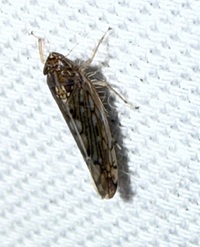 | Photo by: Marilyn Westphal
Henderson Co.
Comment: Came to UV light sheet |  | Photo by: Ken Kneidel
Mecklenburg Co.
Comment: came to UV light at night |
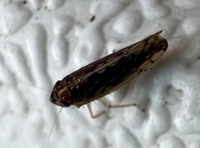 | Photo by: Marilyn Westphal, Jim Petranka, Becky Elkin
Henderson Co.
Comment: On UV light sheet in morning |  | Photo by: Marilyn Westphal
Henderson Co.
Comment: On UV light sheet |
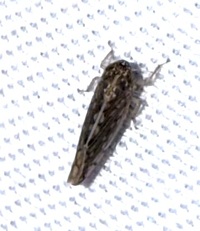 | Photo by: Marilyn Westphal
Henderson Co.
Comment: Attracted to UV light sheet | 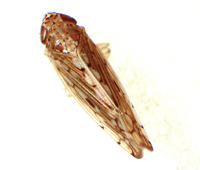 | Photo by: Ken Kneidel
Mecklenburg Co.
Comment: 5.8 mm female came to UV light at night, wooded residential |
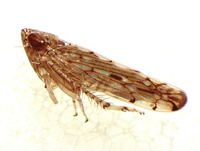 | Photo by: Ken Kneidel
Mecklenburg Co.
Comment: 5.8 mm female came to UV light at night, wooded residential | 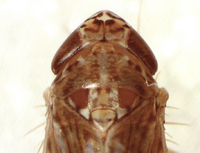 | Photo by: Ken Kneidel
Mecklenburg Co.
Comment: 5.8 mm female came to UV light at night, wooded residential |
 | Photo by: Ken Kneidel
Mecklenburg Co.
Comment: 5.8 mm female came to UV light at night, wooded residential | 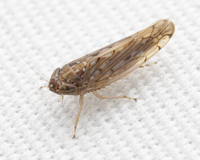 | Photo by: Solomon Hendrix
Wake Co.
Comment: attracted to light |
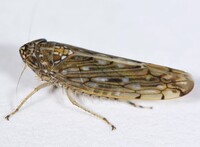 | Photo by: Rob Van Epps
Mecklenburg Co.
Comment: | 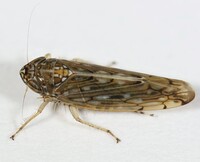 | Photo by: Rob Van Epps
Mecklenburg Co.
Comment: |
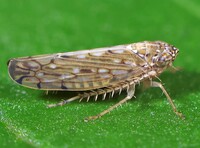 | Photo by: Rob Van Epps
Iredell Co.
Comment: Caught sweeping in weedy field. | 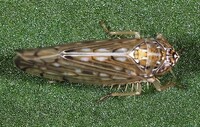 | Photo by: Rob Van Epps
Iredell Co.
Comment: Caught sweeping in weedy field. |
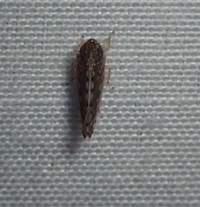 | Photo by: Erich Hofmann, David George, Rich Teper, Jeff Niznik
New Hanover Co.
Comment: |  | Photo by: Ken Kneidel
Mecklenburg Co.
Comment: 5.3 mm female, came to UV light at night |
 | Photo by: Ken Kneidel
Mecklenburg Co.
Comment: 5 mm male, found indoors |  | Photo by: Ken Kneidel
Mecklenburg Co.
Comment: 5 mm male, found indoors |
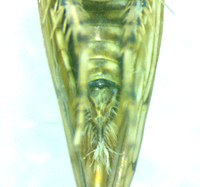 | Photo by: Ken Kneidel
Mecklenburg Co.
Comment: 5 mm male, found indoors | 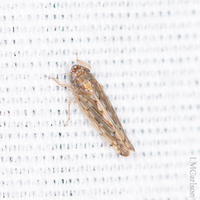 | Photo by: Lior Carlson
Orange Co.
Comment: |
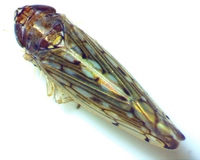 | Photo by: Ken Kneidel
Mecklenburg Co.
Comment: 5.2 mm female, came to UV light at night | 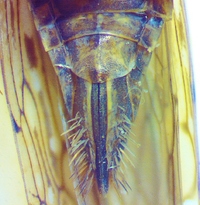 | Photo by: Ken Kneidel
Mecklenburg Co.
Comment: 5.2 mm female, came to UV light at night |
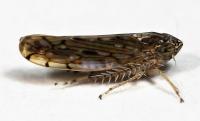 | Photo by: Rob Van Epps
Mecklenburg Co.
Comment: Attracted to UV light. Suburban yard near woods. |  | Photo by: Bo Sullivan
Jones Co.
Comment: |
 | Photo by: Bo Sullivan
Jones Co.
Comment: | 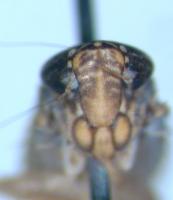 | Photo by: Bo Sullivan
Jones Co.
Comment: |
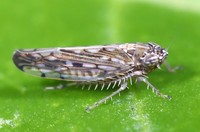 | Photo by: Rob Van Epps
Mecklenburg Co.
Comment: Caught sweeping. Grassy, weedy area near hardwoods. | 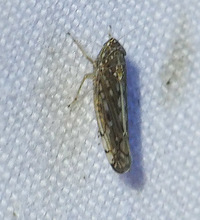 | Photo by: Randy Emmitt
Orange Co.
Comment: uv lights - unid_leafhopper |
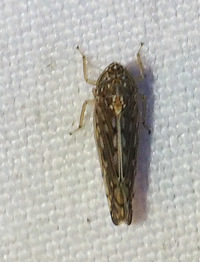 | Photo by: Randy Emmitt
Orange Co.
Comment: uv lights - unid_leafhopper | 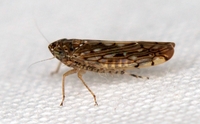 | Photo by: T. DeSantis
Durham Co.
Comment: ENRI |
 | Photo by: T. DeSantis
Durham Co.
Comment: ENRI |  | Photo by: R Emmitt
Orange Co.
Comment: on sheet - unid_leafhopper |
 | Photo by:
Out of state Co.
Comment: Attracted to Light. Blue Ridge Mts, Patrick County, Virginia |  | Photo by: Kyle Kittelberger
Wake Co.
Comment: mixed hardwood forest habitat |
 | Photo by: Ken Childs
Out Of State Co.
Comment: | 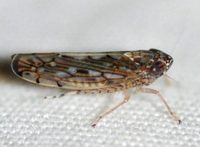 | Photo by: Kyle Kittelberger
Wake Co.
Comment: mixed hardwood forest habitat |
 | Photo by: Kyle Kittelberger, Brian Bockhahn
Washington Co.
Comment: open forest habitat | 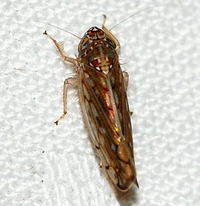 | Photo by: Paul Scharf
Warren Co.
Comment: Attracted to Black Light. IAW Bugguide: The eastern species with a mottled head. Note that the wing tips have rectangular anteapical cells, not the twisted ones of Scaphoideus |
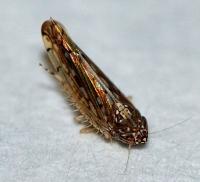 | Photo by: Paul Scharf
Warren Co.
Comment: Attracted To Light | 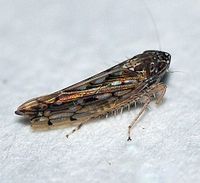 | Photo by: Paul Scharf
Warren Co.
Comment: Attracted to Light |
|

 »
»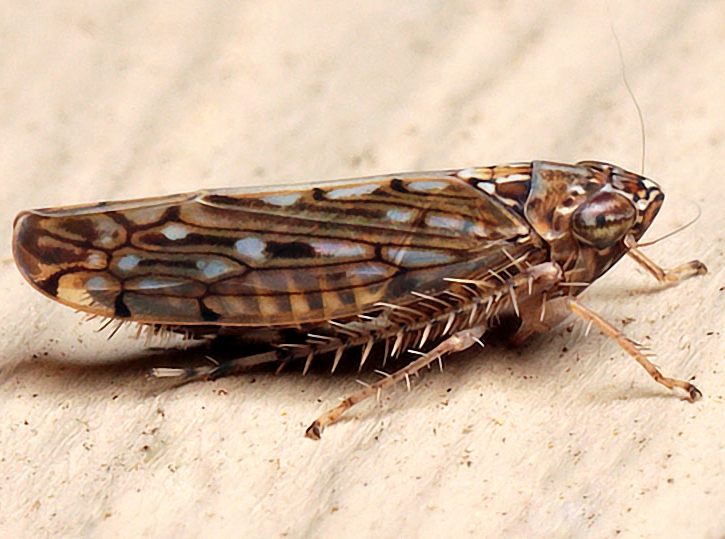
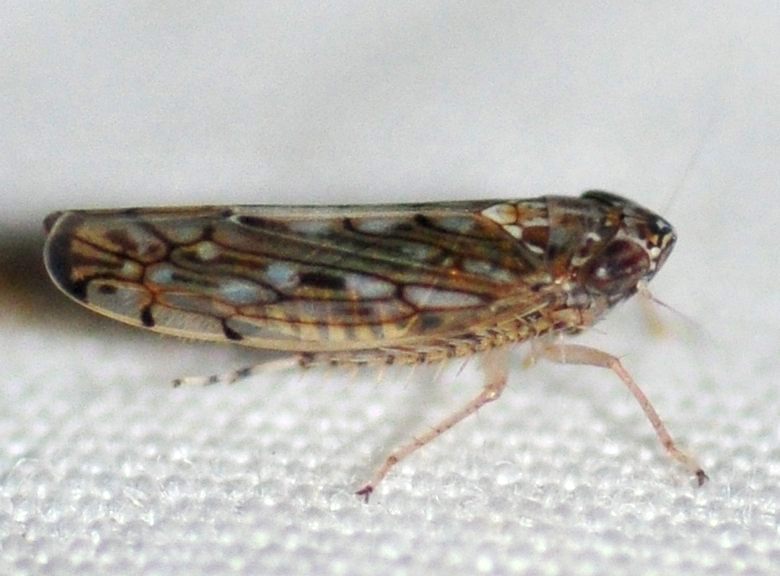
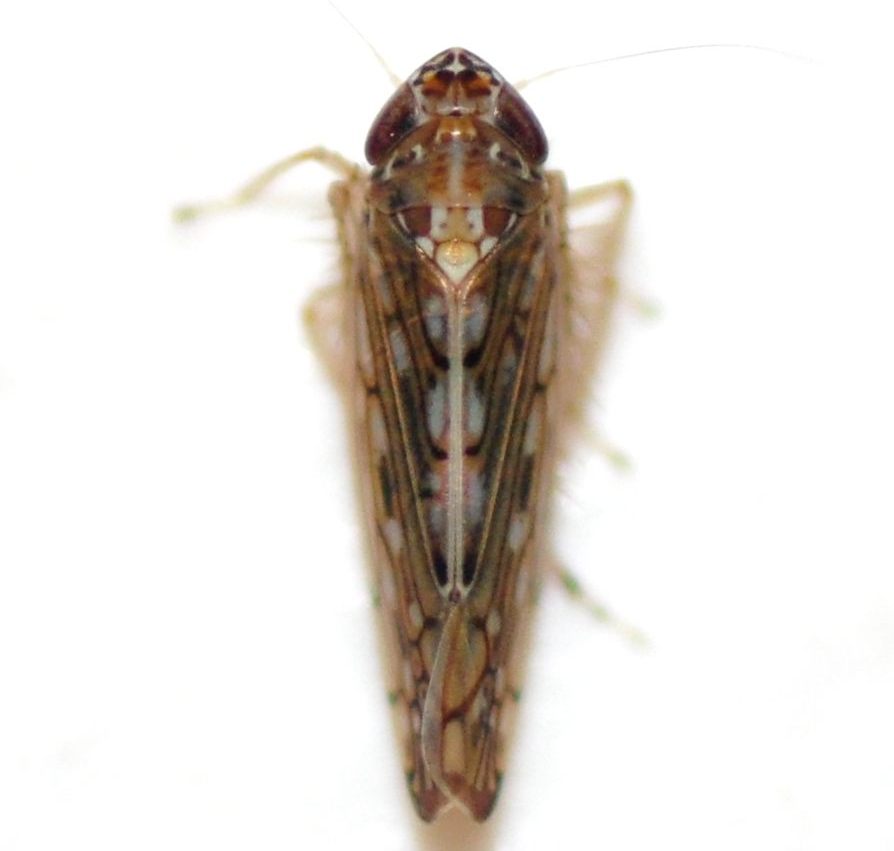

 »
»

